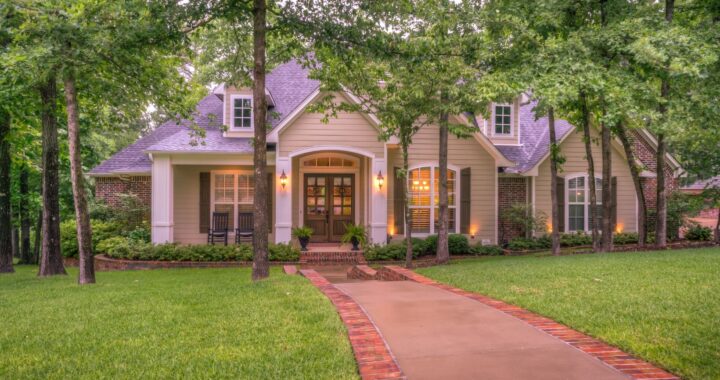The Ultimate Plumber’s Guide for Beginners

This article is a guide for beginners who want to learn about plumbing. It covers the basics of plumbing, including how to choose the right tools and materials, how to safely complete common tasks, and troubleshooting tips.
Plumbing is the system in your home that carries water to fixtures and appliances, and removes waste water. A plumber is a tradesperson who installs, repairs, and maintains plumbing systems.
What is Plumbing and What Does a Plumber Do
Plumbing is the system in your home that carries water to fixtures and appliances, and removes waste water. A plumber is a tradesperson who installs, repairs, and maintains plumbing systems.
Common plumbing tasks include fixing leaks, unclogging drains, and installing fixtures like sinks, toilets, and water heaters.
Different Types of Plumbing Fixtures
It’s important to choose the right tools and materials for the job. For example, using the wrong size pipe wrench can damage pipes, and using too much force when tightening fittings can cause leaks. When starting a plumbing project, always follow the manufacturer’s instructions, and take care to protect your hands, eyes, and clothing from potential injuries.
Plumbers Putty How to Use
Plumbers putty is a pliable, moldable sealant that is used to create watertight seals. It is made of a compound of petroleum and talc, and it is typically used to seal around drains and fixtures. To use plumbers putty, first clean the surface around the drain or fixture. Then, form the putty into a rope or ball, and press it into the space around the drain or fixture. Use your fingers to smooth it out, and make sure there are no gaps or air bubbles. Plumbers putty will set in about 30 minutes, but it is best to wait 24 hours before using the sink, shower, or tub.
How Much Does Plumbing Cost on Average, and How Can You Save Money on Your Bill
The cost of plumbing depends on the project, but it is typically priced by the hour. The national average cost for a plumber is $45 per hour, but prices can range from $25 to $100 per hour. There are several ways to save money on plumbing costs. One way is to do the work yourself, if you are comfortable and confident in your abilities. Another way is to choose a less expensive material, like PVC instead of copper pipes. Finally, you can negotiate with the plumber for a discount.
What are Some Tips for Preventing Plumbing Problems
One way to prevent plumbing problems is to properly maintain your plumbing system. This includes regularly cleaning drains and fixtures, and fixing any leaks as soon as they are discovered. Another way to prevent plumbing problems is to choose quality materials. For example, using brass fittings instead of plastic ones will prolong the life of your plumbing.
The cost of plumbing depends on the project, but it is typically priced by the hour. The national average cost for a plumber is $45 per hour, but prices can range from $25 to $100 per hour.
Finally, you can avoid plumbing problems by having a professional plumber inspect your system regularly. This will allow potential problems to be fixed before they cause serious damage.
Troubleshooting Common Plumbing Problems
A leaky faucet is one of the most common plumbing problems. To fix it, first turn off the water supply to the faucet. Then, remove the handle and unscrew the packing nut. Tighten or replace the washer, and reassemble the faucet. Clogged sink: A clogged sink is usually caused by a build-up of hair and soap scum. To fix it, remove the stopper and use a plunger to try to clear the clog. If that doesn’t work, you may need to use a drain snake.



 Secrets Of Curb Appeal For A Beautiful Home Exterior
Secrets Of Curb Appeal For A Beautiful Home Exterior  How a New Garage Door Can Increase Property Value
How a New Garage Door Can Increase Property Value  Boost Your Home’s Curb Appeal with Professional Exterior Cleaning Services
Boost Your Home’s Curb Appeal with Professional Exterior Cleaning Services